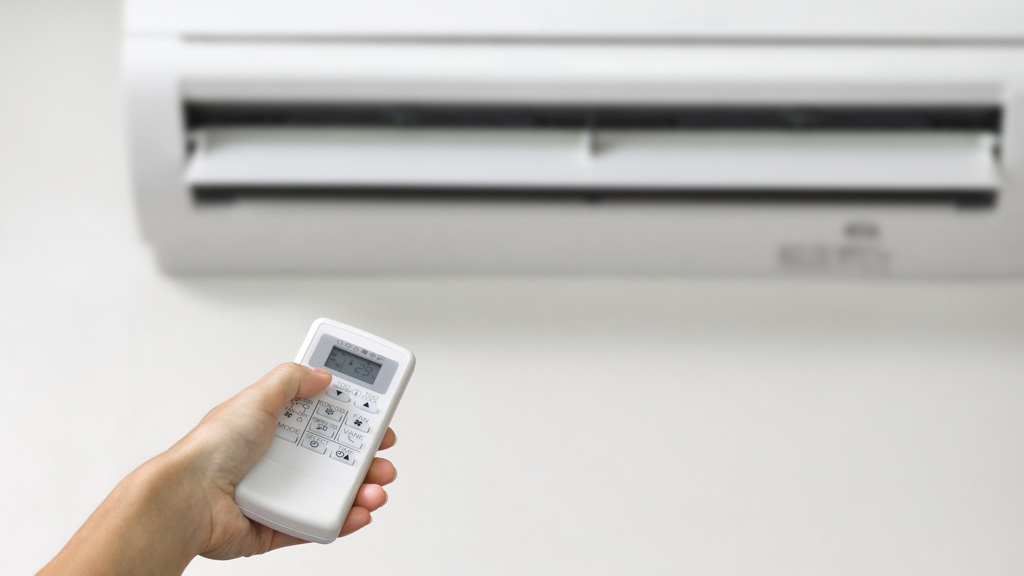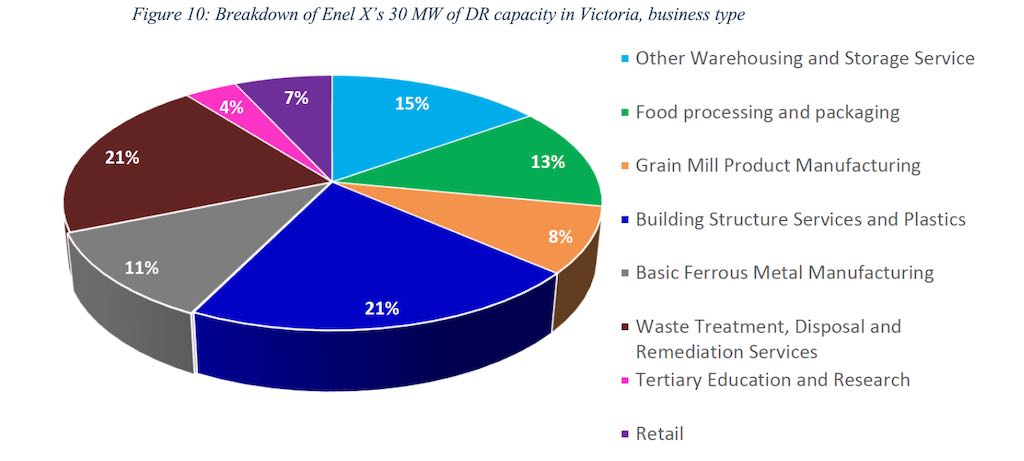Electricity bill savings on the way with demand response reforms
Paying energy hungry industries to power down during periods of high demand will help to reduce electricity bills for all electricity customers.

A wholesale demand response scheme will be in place by October 2021 after the Australian Government signed off on a market rule change.
The scheme will help to reduce demand for electricity when loads are at their highest, making the network more reliable and supporting the transition to renewable energy.
Manufacturers, smelters, heavy industry and other electricity intensive sectors will be encouraged to cut their demand in response to price signals, creating a market value for not using electricity and providing a new tool to help balance supply and demand.
The changes will provide a cheap way to address spikes in demand during extreme weather events or unexpected outages, compared to building expensive new peaking plants to cover these events.
While Australian Energy Market Commission Chief Executive Benn Barr says they considered delaying the reform due to COVID-19, making the changes will help keep the power system reliable and secure ahead of the 2021/22 summer.
“Despite COVID, we still need to keep prices down, keep the market working efficiently and work to lower emissions in the energy sector,” Barr said.
Initially only large energy users will be able to trade their demand in the wholesale market, but the AEMC says the rule change is a stepping stone to achieving a two sided market for all consumers. In time this will also allow households to trade their demand and unlock more value from distributed energy assets like solar panels, batteries and electric vehicles.
“Once the two-sided market is up and running, we can retire this wholesale demand response mechanism because it will no longer be needed,” Mr Barr said.
The new rules take effect from October 2021, with work to allow all energy users to participate already being factored into the Energy Security Board’s market design planning.
Demand response trials gather steam
To show the role demand response can play in securing electricity supplies during extreme peaks, ARENA set out in 2017 to procure at least 100 MW of demand response through a competitive funding round.
Delivered in collaboration with AEMO and also supported by the NSW Government, the response exceeded expectations with $35.7 million awarded to nine demand response projects, ramping up from 143 MW of capacity in year one to 200 MW in 2020.
The pilot projects set out to prove that it is possible for households and businesses to change the way they consume energy when supplies are stretched, to contribute to the stability of the electricity system.
Detailed assessments are being undertaken as the trial has progressed. Findings from the first year are available here, and a report covering the second year will be released soon.
Positive signs as grid stretched to the limit
While testing for the final year of the trial will be underway until October 2020, some preliminary results are in from the 2019/2020 summer.
Over five separate activations of AEMO’s Reliability and Emergency Reserve Trader (RERT) mechanism, the ARENA projects participated three times — January 23, 30 and 31. The January 31 activation made the largest contribution to a RERT activation to date, achieving 118 MW of demand response. Full results from the 2019/2020 summer are due in mid-2021.
More details are available for year two of the trial, which ran from late October 2018 until November 30 2019, exceeding its contracted targets over two testing periods.
The impact of residential schemes grew significantly in year two, with AGL’s Peak Energy Rewards program increasing from 750 participants to 3500, and tests showing that users could be convinced to power down with small incentives.
By offering a $10 bill credit to customers that responded to an SMS notification, and additional rewards for participants that achieved their individualised electricity bill savings targets, three quarters of AGL’s participating customers reduced their demand.
The tests raised some technical challenges. According to information gathered by AGL, 41% of the successful responses may have been ‘false positives’, with customers saying they had taken no action, but still reduced their consumption against their baseline. A further 25% said they tried to reduce their electricity consumption but did not achieve a reward. This has partly been attributed to technical challenges associated with rooftop solar, which makes it harder to set baselines to measure electricity bill savings against.
AGL customers achieved the largest reductions in demand on the afternoon of Wednesday 31 January 2019, as the temperature passed 40 degrees celsius. More than half of their registered customers participated in the event, achieving a total of 1700 KW of demand response — equivalent to 0.83 kW per customer.

EnergyAustralia also had success scaling up its trial, growing from 373 customers to 9387 in year two. Offering $10 bill credits for reductions of between 20 and 49%, or $20 for electricity bill savings greater than 50%, Energy Australia’s achieved reductions of between 1 and 1.5 MW across the two periods.
Surveys undertaken after the tests revealed that 55% of respondents said they ‘significantly’ or ‘moderately’ changed the way they use electricity during the events.
When supplies were stretched to critical levels on 24 and 25 January 2019, AEMO activated the RERT mechanism, which included some of the participants in the trial.
Enel X aggregated 30 MW of electricity bill savings across its mix of residential and commercial energy users, which includes wastewater treatment plants, cold storage facilities, food processing and packaging sites, and shopping centres.

United Energy achieved a further 30 MW of reductions by temporarily reducing the voltage at substations across its network, while 8000 of Powershop’s customers managed to reduce their demand by a total of almost 4 MW.
Unsurprisingly, commercial and industrial energy users achieved a large majority of reductions.
Commercial and industrial participants were also more likely than residential users to achieve their target reductions, but AGL found residential customers were overwhelmingly satisfied with the experience — 96% said they would sign up again and 90% said it made them more likely to remain with AGL.
Read more about ARENA’s demand response.

ARENA